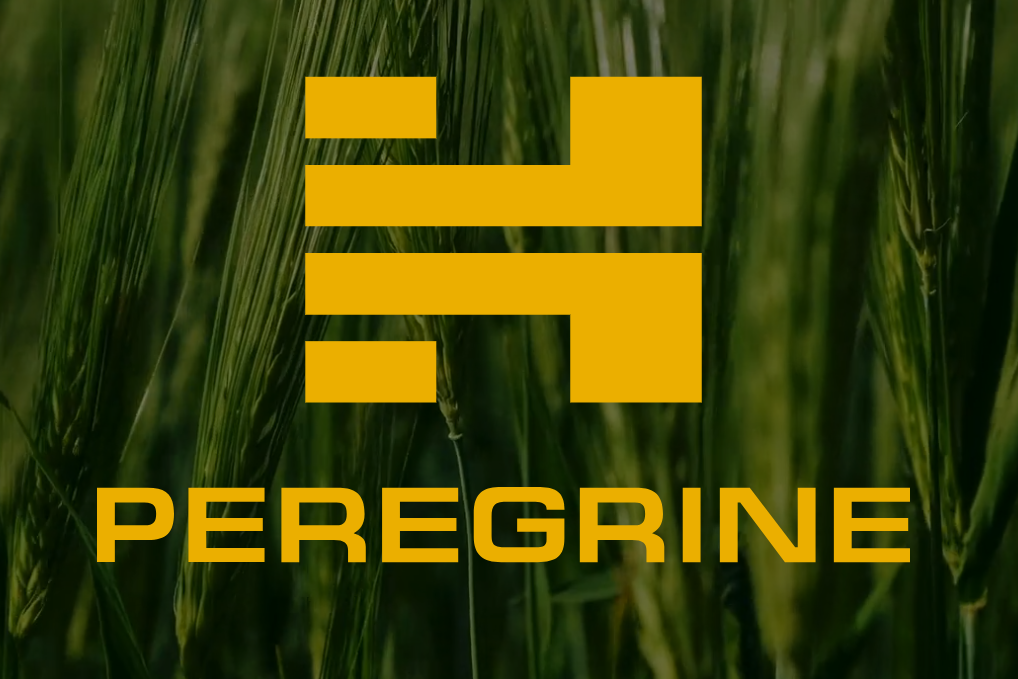Peregrine Hydrogen has signed a Letter of Intent (LOI) with Morocco-based OCP Group to fund and scale its dual-output electrolyzer technology, positioning the startup to enter commercial deployment in the fertilizer sector.
The agreement also includes an offtake component for the hydrogen and sulfuric acid produced, signaling downstream market confidence in the process.
Green hydrogen adoption has been slow in cost-sensitive industries, where commodity pricing leaves little room for premium inputs. Fertilizer production is a case in point: it relies heavily on hydrogen—typically derived from natural gas via steam methane reforming—and on sulfuric acid for phosphate processing. Peregrine’s system aims to lower costs by producing both products in a single electrochemical process, powered by renewable electricity. The company claims this integration can cut the delivered price of clean hydrogen relative to stand-alone electrolyzers, while supplying sulfuric acid at competitive rates.
Matt Shaner, Peregrine’s chief technology officer, said the LOI with OCP provides the scale-up capital needed to demonstrate cost parity with incumbent methods. “Our technology can deliver clean hydrogen at a significantly lower cost than existing methods,” Shaner noted, adding that OCP’s role as the world’s largest phosphate producer gives the partnership immediate industrial relevance.
Beyond fertilizers, Peregrine sees broader applications for its technology in metals refining, oil processing, and natural gas operations, where hydrogen is an essential feedstock and sulfuric acid is used in leaching or desulfurization. Chief executive Friðrik Lárusson said the firm is preparing pilot studies in these sectors, arguing that co-production could unlock decarbonization pathways without imposing a cost premium on end users.
The agreement comes as hydrogen developers worldwide face pressure to reduce capital intensity and operating costs. Electrolyzer prices have fallen by more than 60% since 2015, but levelized costs remain high in regions with limited access to inexpensive renewable power. By embedding a second revenue stream into hydrogen production, Peregrine aims to improve project economics and accelerate investment in clean hydrogen for hard-to-abate industries.
For OCP, the deal aligns with its ambition to decarbonize fertilizer manufacturing while diversifying sulfuric acid supply. The group has pledged to source all industrial electricity from renewables by 2030 and to cut Scope 1 and 2 emissions by 50% this decade. Partnering with an electrolyzer developer that integrates sulfuric acid output could reduce exposure to volatile global markets for both hydrogen and acid while supporting Morocco’s wider hydrogen strategy.
Stay updated on the latest in energy! Follow us on LinkedIn, Facebook, and X for real-time news and insights. Don’t miss out on exclusive interviews and webinars—subscribe to our YouTube channel today! Join our community and be part of the conversation shaping the future of energy.
